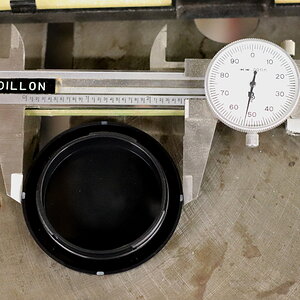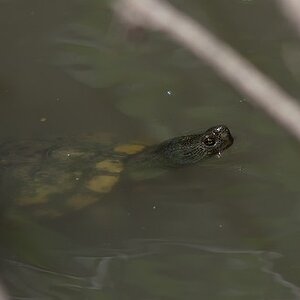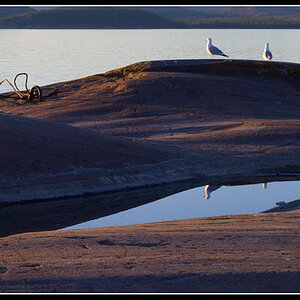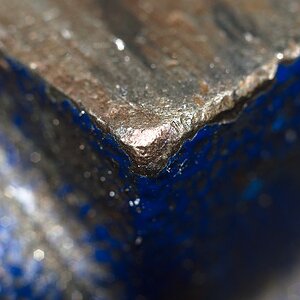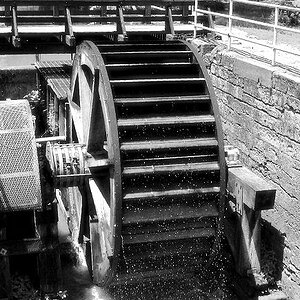domu221
TPF Noob!
- Joined
- Dec 16, 2011
- Messages
- 96
- Reaction score
- 1
- Location
- Boston, MA
- Can others edit my Photos
- Photos NOT OK to edit
Hi guys, I need your help once again with something technical!
So I understand that cameras with full frame sensors have frames equivalent to that of a 35mm film camera. And that it's expensive to make a full frame sensor so a lot of consumer dslrs are made with the APS-C sensor that has a crop factor (for example with Nikon's DX lineup, 1.5x the full frame sensor).
But my question is, do camera manufacturers use the same sensor for different cameras? Like do Nikon DX cameras have the exact same APS-C sensor?
So I understand that cameras with full frame sensors have frames equivalent to that of a 35mm film camera. And that it's expensive to make a full frame sensor so a lot of consumer dslrs are made with the APS-C sensor that has a crop factor (for example with Nikon's DX lineup, 1.5x the full frame sensor).
But my question is, do camera manufacturers use the same sensor for different cameras? Like do Nikon DX cameras have the exact same APS-C sensor?


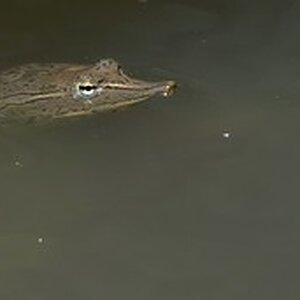
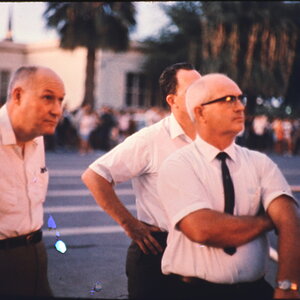
![[No title]](/data/xfmg/thumbnail/39/39478-0db485f4efaffd784bfa5cc75ff7502f.jpg?1619739046)
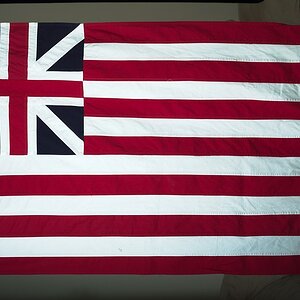
![[No title]](/data/xfmg/thumbnail/31/31743-3b294ee78fc71e7bfc025b01eafb0c2d.jpg?1619734986)
![[No title]](/data/xfmg/thumbnail/42/42267-2fff585000110a96fd9ac3ff09cceb95.jpg?1619740076)

